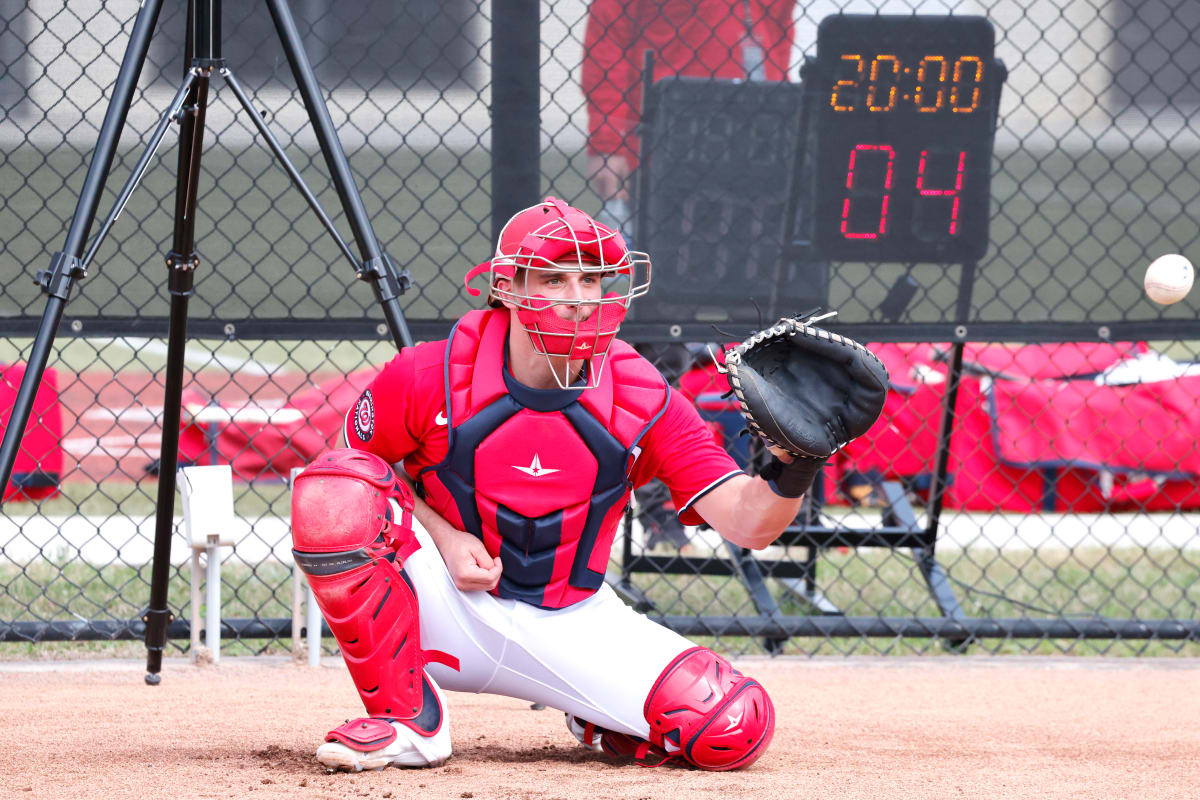This is probably the most significant of the new rules coming to baseball this year.
Baseball is back! Well, sort of. Spring training games start on Friday with three matchups (Rangers vs. Royals, Padres vs. Mariners and Red Sox vs. Northeastern University), and the first nationally televised games will air on MLB Network on Saturday and Sunday. (ESPN’s first spring training broadcast is Monday.) If you’re tuning in, you’ll notice the game looks slightly different from the way it did last year. The league made a few rule changes aimed at improving the on-field product.
The pitch clock is perhaps the biggest change being instituted this season. With the bases empty, pitchers will have 15 seconds from the time the catcher returns the ball to them to begin their motion to throw their next pitch. With runners on, the time is increased to 20 seconds. Batters have to be in the box ready for the pitch within eight seconds of the clock starting. If the pitcher is late, the umpire adds an automatic ball to the count. If the batter is late, it’s an automatic strike.
The rule also limits hitters to one timeout per plate appearance and allows pitchers to step off the rubber (at which point the clock resets) twice per plate appearance. That amounts to a limit on the number of pickoff attempts a pitcher can make, which will hinder pitchers’ ability to prevent stolen bases. Making a second pickoff attempt will be extremely risky. If the pitcher is unsuccessful on his second attempt, the runner can be pretty sure he won’t throw over again and can increase his lead accordingly. You’re able to make a third pickoff attempt, but if you don’t get the runner out, it’s a balk and they advance automatically. The overarching goal of this batch of rule changes is to inject more action into the game, and, at least in this aspect, it looks like it’ll be successful.
Fans should appreciate how the rule will whittle away at the dead time in game, but some players aren’t exactly thrilled about it. It’ll take some getting used to, and we’re likely to see many pitch clock violations in early spring training games. MLB’s data from when the pitch clock was introduced in the minor leagues shows that players adjusted to the new rules quickly.


















